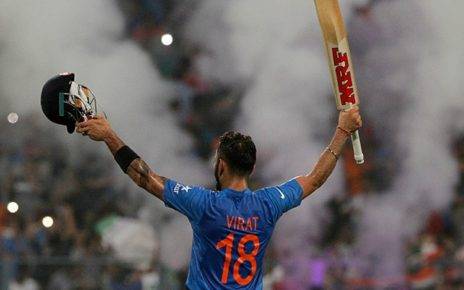Pain is a familiar companion for athletes, often arising from sports-related injuries that hinder peak performance. When injured, athletes seek medical attention with one primary goal in mind: to swiftly return to their training and competitions. Dr. Smruti Bhonsle, a seasoned Anaesthesia and Pain Management Specialist, sheds light on the prevalent musculoskeletal issues among athletes, ranging from shoulder injuries to ligament tears.
Need for Comprehensive Pain Management
For athletes, efficient pain management is essential to maintain their competitive edge. Dr. Bhonsle emphasizes the importance of a holistic approach that considers not only the physical injury but also the physiological and psychosocial factors influencing pain perception. This comprehensive perspective ensures optimal recovery and facilitates a safe return to play.
Also Read: Best Practices for Multi-Cloud Identity and Access Management
Immediate Pain Management Techniques
Immediate pain management techniques such as RICE (Rest, Ice, Compression, Elevation) and splinting play a crucial role in alleviating discomfort post-exercise. Dr. Bhonsle advises athletes to adhere to these protocols, emphasizing the importance of rest and proper icing techniques. Ice therapy, when applied correctly, can effectively reduce inflammation and promote healing, but caution must be exercised to avoid prolonged exposure.
Tailored Pain Management Strategies
Post-injury, athletes require personalized pain management strategies to facilitate their return to sport. Dr. Bhonsle recommends a range of interventions, including massages, taping, and local injections, tailored to the severity and nature of the injury. These targeted approaches not only alleviate pain but also support the healing process, enabling athletes to resume their training regimen with confidence.
Conditioning for Pain Prevention
Prevention is key in mitigating the risk of recurring pain among athletes. Dr. Bhonsle emphasizes the importance of conditioning the body through appropriate training, nutrition, and hydration. Proper warm-up and stretching help get your body ready for exercise and lower the chance of getting hurt. Also, it’s important to keep your endurance up even if you’re resting an injured part, so you don’t lose strength and can get back to playing smoothly.
Non-Pharmacological Pain Management
In addition to conventional pain management techniques, non-pharmacological approaches play a significant role in alleviating pain and promoting overall well-being. Dr. Bhonsle advocates for mindfulness therapy, yoga, and tai-chi as effective means of managing pain and reducing stress levels. These holistic practices not only address physical discomfort but also nurture mental resilience, empowering athletes to overcome adversity and thrive in their sporting endeavors.
Also Read: How to Spend Wisely on Valentine’s Day
Ensuring Long-Term Health and Resilience
Managing pain well is really important for athletes to do well in their sport and stay healthy in the long run. By looking at pain from different angles – like how it affects the body, mind, and emotions – athletes can tackle problems and reach their highest level of performance. It’s not just about getting back on the field; it’s about making sure athletes can give their best while taking care of themselves along the journey.
Discover more from Thenewsdoor
Subscribe to get the latest posts sent to your email.






One thought on “Athlete’s Guide to Pain Management”